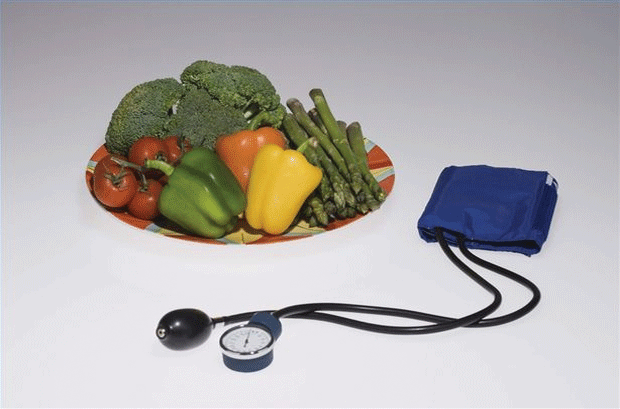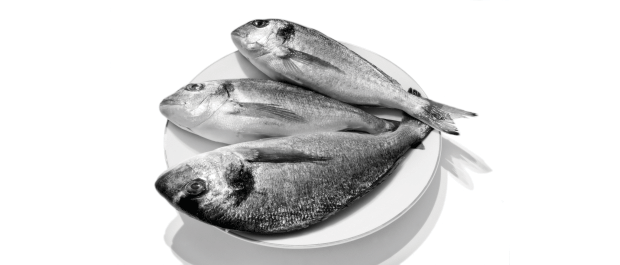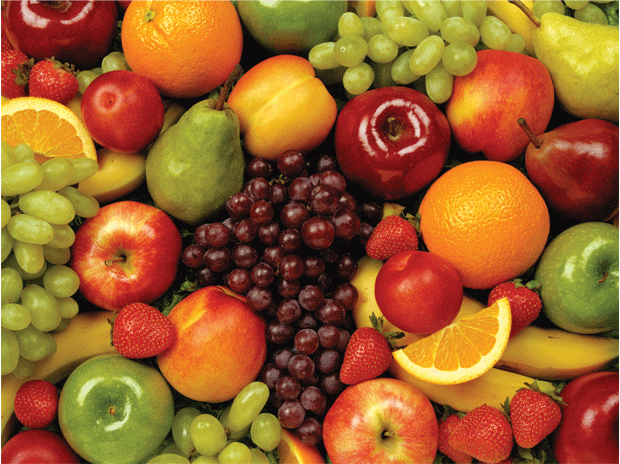|
Heart disease is the leading cause of death in the
United States. High levels of blood cholesterol can increase your risk
of a heart attack. Cholesterol is a naturally occurring waxy, fat-like
substance necessary for normal functioning. However, excess cholesterol
can build up on the walls of your arteries, forming a thick plaque that
restricts blood flow and contributes to heart disease and stroke.
Lowering cholesterol, namely low-density lipoprotein, LDL, commonly
referred to as "bad" cholesterol, enough to reduce your risk of
developing heart disease or having a heart attack is the main priority
of cholesterol-lowering treatments. Increasing your levels of
high-density lipoproteins, HDL, or "good" cholesterol, which carry
cholesterol to the liver for excretion, also can reduce the risk of
heart disease.
Step 1
Consider cholesterol-lowering medications when diet and exercise alone
are not efficiently reducing your cholesterol. Statins are the most
effective at lowering LDL cholesterol and raising HDL, while also
showing modest improvements on triglycerides, or blood fats, according
to the American Heart Association. Additional options include selective
cholesterol absorption inhibitors, such as ezetimibe; bile acid-binding
drugs, like cholestyramine; fibrates, such as gemfibrozil; and niacin.
|
|
 |
|
Step 2
Cut back on total cholesterol to less than 300 mg each day or less than
200 mg if you have been diagnosed with heart disease. Organ meats, egg
yolks and full-fat dairy products are the most concentrated sources of
cholesterol. Choose lean cuts of meat, egg whites or substitutes, skim
or 1 percent milk, low-fat yogurt and cheese instead.
Step 3
Reduce overall saturated fat to less than 7 percent of total daily
calories, which amounts to approximately 16 g of saturated fat or less
per day. The largest amounts come from animal sources, including meat
and dairy products. Limit fatty meats; lamb; poultry with skin; lard;
cream, milk, butter and cheese made from whole-fat milk; many baked
goods; fried foods; and certain oils such as palm and coconut.
Step 4
Eliminate trans fats, which can be found in commercially baked cookies,
crackers and margarine. Trans fats can be especially dangerous in the
way they increase total LDL cholesterol but also decrease HDL
cholesterol. Avoid foods that contain partially hydrogenated oil in the
ingredient list.
Step 5
Include monounsaturated and polyunsaturated foods to replace saturated
fats. Foods high in monounsaturated fats include vegetable oils such as
olive and canola, all-natural peanut or almond butter, avocados, and
seeds. Fatty fish such as salmon, mackerel and herring are high in
polyunsaturated fats. Other examples are walnuts and sunflower seeds.
|
|

|
|
Step 6
Enjoy foods fortified with plant sterols or stanols. These are plant
substances that aid in blocking the absorption of cholesterol. Examples
include fortified yogurt drinks, margarine alternatives and orange
juice. The recommended serving is at least 2 g for optimal benefit,
which can be derived from approximately two 8-oz. cups of fortified
orange juice.
Step 7
Consume at least 25 g of total dietary fiber a day. Aim for 5 to 10 g of
that to come from soluble fiber, which can help decrease total and LDL
cholesterol, according to MayoClinic.com. Oatmeal is high in soluble
fiber, yielding 6 g of fiber per 1 1/2 cup serving. Apples, pears,
barley, kidney beans and prunes are additional examples. Strive for at
least five servings of all fruits and vegetables to reach your daily
goal.
|
|

|
|
Step 8
Strive for 30 to 60 minutes of physical activity most, if not all, days
to help raise HDL and lower LDL cholesterol. Split your sessions into
10-minute intervals if this is more convenient. Consistent exercise can
also help you lose or maintain body weight if needed, which can also
positively affect total cholesterol.
Step 9
Stop smoking to improve HDL and total cholesterol. Smoke cessation
almost immediately reduces blood pressure, which can contribute to
overall success in getting your cholesterol levels down fast. |